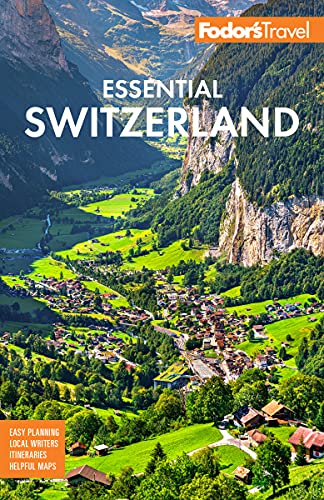At the end of the Corniche Road, just west of Vevey, St-Saphorin is perched above the water. With its impossibly narrow, steep cobbled streets and ancient winemakers' houses crowded around fountains and crooked alleys, this is a village that merits a stop. It lies along the ancient Roman highway, and its small church sits atop Roman foundations. There's a tiny museum of Roman artifacts (including a sizable millstone) in the church. Go through the low door near the altar; you can see the museum whenever the church is unlocked and services are not being held. The explanations are all in French, but it's easy to chart the church's expansion through its ruins.
For additional vineyard explorations accompanied by jaw-dropping vistas, take the vertical grade uphill—on foot or by car—to Chexbres. Be attentive, as the close-walled street relies on tight pull-offs to pass oncoming vehicles. The reward is a different orientation on the working wine village, complete with rail connections to whisk you back down to the active waterfront via Vevey.
The scenic Corniche de Lavaux stretches some 17 km (10 miles) through Lavaux, threading above the waterfront from Lausanne to Vevey, between the autoroute and the lakeside Route 9. This is Switzerland at its most Franco-European, reminiscent in its small-scale way of the Riviera or the hill towns of Alsace. You'll career around hairpin turns on narrow cobbled streets, with the Savoy Alps glowing across the sparkling lake and the Dents du Midi looming ahead. Stop to gaze at the scenery from roadside overlooks or wander down a side lane into the vineyards of Riex, Épesses, Rivaz, Cully, or Dézaley, the sources of some of Switzerland's loveliest white wines and all part of the Lavaux UNESCO heritage site.




